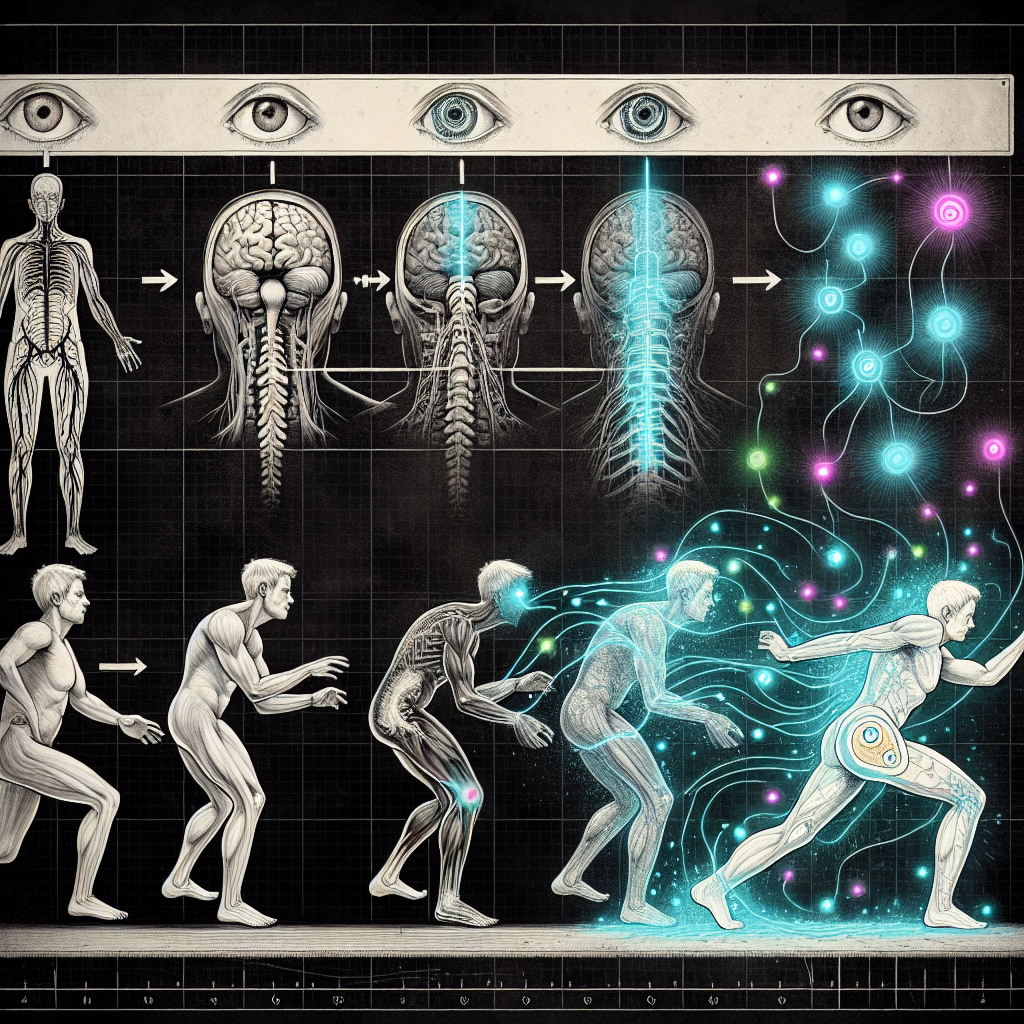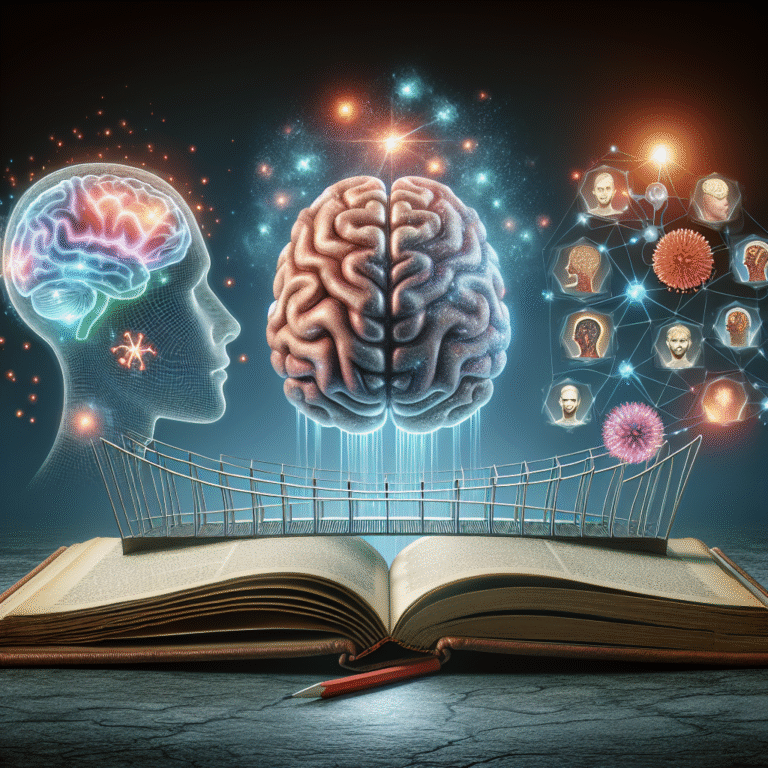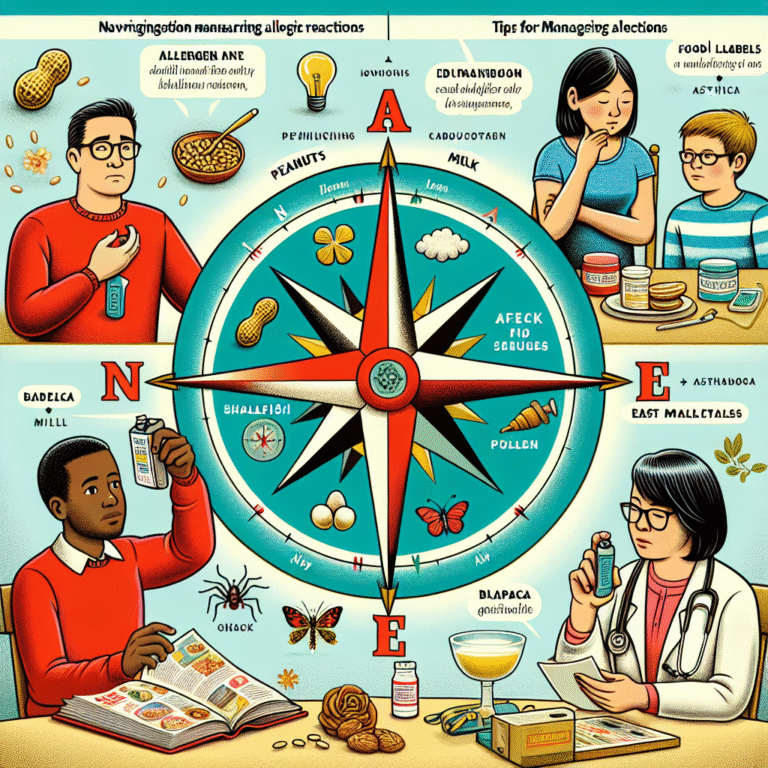
Introduction
Imagine a world where our every movement is seamlessly woven into the fabric of our daily lives—a world where the act of catching a ball, playing the piano, or even simply walking feels effortless. The intricate ballet of our muscles, nerves, and brains working together to execute movements is a profound aspect of our existence. Today, as we delve into From Reflexes to Complex Movements: Exploring the Science of Sensorimotor Control, we’ll uncover the mechanisms behind these graceful actions, shedding light on how reflexes evolve into sophisticated movements.
Sensorimotor control lies at the crossroads of neuroscience, psychology, and physiology. It governs how we interact with our environment, and understanding it is essential not just for academics and professionals, but for anyone interested in improving their motor skills or appreciating the marvel of human ability. Let’s embark on this enlightening journey together.
Understanding Sensorimotor Control
What is Sensorimotor Control?
At the core of the human experience, sensorimotor control refers to the dynamic interplay between sensory inputs (sight, sound, touch) and motor outputs (movements). This intricate system enables us to perform both automatic responses—like reflexes—and more complex actions—like dancing or playing sports. Reflexes are the body’s immediate, involuntary responses to stimuli, while complex movements require higher-level processing, coordination, and planning.
The Neural Basis
The Brain’s Architecture
Our brain is the command center of motor control, comprising various regions that work in tandem to translate sensory information into movement. Let’s break down the primary brain areas involved in sensorimotor control:
| Brain Region | Function |
|---|---|
| Motor Cortex | Plans and executes voluntary movements |
| Cerebellum | Coordinates balance and fine-tunes movements |
| Basal Ganglia | Modulates movement intensity and habit formation |
| Sensory Cortex | Processes sensory information from the environment |
Understanding this architecture provides a glimpse into how our brain transforms reflexive actions into more elaborate sequences of movements.
Reflexes: The Building Blocks of Movement
What Are Reflexes?
Reflexes are automatic responses to specific stimuli, bypassing conscious thought. They serve as rapid protective mechanisms, enabling us to react swiftly to dangers. A classic example is the withdrawal reflex—when you touch a hot stove, your hand jerks away before you consciously realize what has happened.
Types of Reflexes
- Monosynaptic Reflexes: Direct connections between sensory and motor neurons (e.g., knee-jerk reflex).
- Polysynaptic Reflexes: Involve one or more interneurons (e.g., withdrawal reflex).
Case Study: The Knee-Jerk Reflex
In a simple experiment, when a physician taps the patellar tendon, a reflex arc is activated, causing a leg extension. The rapidity and efficiency of this reflex exemplify how basic sensorimotor control works. It operates through the spinal cord, demonstrating that processing doesn’t always require the brain.
Progression to Complex Movements
The Transition: From Simple to Sophisticated
The journey from reflexes to complex movements can be likened to a layered cake—each layer represents a progression in skill development, complexity, and cognitive involvement.
-
Initial Reflexive Response: At first, actions are driven by reflexes; they are rapid and require little cognitive effort.
-
Associative Learning: Through experiences, individuals learn to associate sensory inputs with specific responses, creating a more refined motor response.
- Skill Acquisition: Over time, with practice, movements become more coordinated and intentional, showcasing the development of complex motor skills—such as playing an instrument or engaging in sports.
The Role of Practice
Practice is essential in transitioning from reflexive movements to complex actions. The brain undergoes neuroplastic changes, strengthening synaptic connections, which leads to improved motor control.
Case Study: Expert Pianists
Research shows that expert pianists exhibit distinct neural patterns compared to novices. Brain imaging studies reveal heightened activation in areas responsible for motor control and coordination. This illustrates how extensive practice transforms basic motor outputs into highly complex sequences.
Motor Learning Theories
Understanding how we learn and optimize movements is crucial in sensorimotor control. Two primary theories are relevant:
-
Cognitive Theory: Suggests motor skills are acquired through stages, moving from declarative knowledge (knowing how) to procedural knowledge (knowing how to do).
- Ecological Theory: Focuses on the relationship between the individual and their environment, emphasizing the need to adapt movements based on situational context.
The Importance of Sensory Feedback
Enhancing Motor Control
Sensory feedback is instrumental in fine-tuning movements. It can come from various sources—visual, auditory, or haptic feedback—and serves to correct errors and adapt actions in real-time.
Visual Feedback
Consider a basketball player shooting a free throw. Visual feedback from past shots helps them adjust their stance, aim, and force. This feedback loop enhances their performance over time.
Case Study: Athletes in Training
Athletes often utilize video playback to assess performance. By reviewing footage, they can identify discrepancies in technique and make necessary adjustments. This reliance on sensory feedback illustrates the critical role of perception in sensorimotor control.
The Interplay of Perception and Action
This interplay is beautifully illustrated in the concept of affordances—the opportunities for action that the environment provides based on our capabilities. For example, a steep hill may afford a run for a fit person, while appearing insurmountable to someone less athletic.
Real-World Applications of Sensorimotor Control
Robotics and Prosthetics
Understanding sensorimotor control is crucial in the fields of robotics and prosthetics. By mimicking human movement patterns, engineers can create devices that better respond to user commands.
Case Study: Advanced Prosthetic Limbs
Modern prosthetics equipped with sensors can interpret muscle signals and recreate natural movements like gripping. This advancement showcases how insights from From Reflexes to Complex Movements: Exploring the Science of Sensorimotor Control directly benefit individuals with limb loss.
Rehabilitation
In physical therapy, principles of sensorimotor control inform strategies to regain mobility after injury.
Case Study: Stroke Rehabilitation
Patients recovering from strokes often engage in exercises designed to stimulate sensorimotor pathways, enhancing their ability to control movements. Techniques like mirror therapy utilize visual feedback to help rewire the brain, demonstrating the practical importance of this field.
Technology in Sensorimotor Research
Wearable Tech and Biomechanics
Emerging technologies such as wearable sensors and motion capture systems play a significant role in research, helping us gather data on movement patterns and refine our understanding of sensorimotor control.
The Future of Sensorimotor Science
The intersection of technology and sensorimotor control is set to revolutionize fields ranging from healthcare to sports performance. Understanding how our brains and bodies work together can lead to innovative solutions for enhancing physical capabilities.
Conclusion
Understanding From Reflexes to Complex Movements: Exploring the Science of Sensorimotor Control is not just an academic endeavor; it’s a crucial step toward unlocking human potential. By mastering the interplay between reflexes and complex movements, we can improve athletic performance, enhance rehabilitation strategies, and even innovate robotic technologies.
As we conclude our exploration, let this serve as a reminder: every movement, from a simple reflex to a choreographed dance, is a testament to the intricate design of our bodies and brains. Continual practice, sensory feedback, and a supportive environment are keys to honing your own sensorimotor skills. Embrace the journey, and let each movement count.
FAQs
1. What is the role of the cerebellum in sensorimotor control?
The cerebellum plays a crucial role in coordinating balance and fine-tuning motor movements, ensuring that actions are smooth and precise.
2. How can I improve my sensorimotor skills?
Improving sensorimotor skills often involves practice, feedback, and gradually increasing the complexity of tasks. Activities like juggling, playing sports, or even dancing can enhance these skills.
3. Why are reflexes important?
Reflexes provide fast and often lifesaving responses to stimuli, acting as a protective mechanism while the body processes information.
4. What technologies are involved in studying sensorimotor control?
Wearable sensors, motion capture systems, and virtual reality environments are tools commonly used to study and enhance sensorimotor control.
5. How do sensory inputs affect motor outputs?
Sensory inputs provide information that helps to adjust and refine movements, allowing for more precise and coordinated actions in response to the environment.
In this expansive inquiry into From Reflexes to Complex Movements: Exploring the Science of Sensorimotor Control, we have illustrated how deeply interconnected our body’s systems are, highlighting potential applications in technology, rehabilitation, and personal development. Let’s continue to explore, learn, and grow, celebrating the remarkable capabilities of the human body and mind!

















